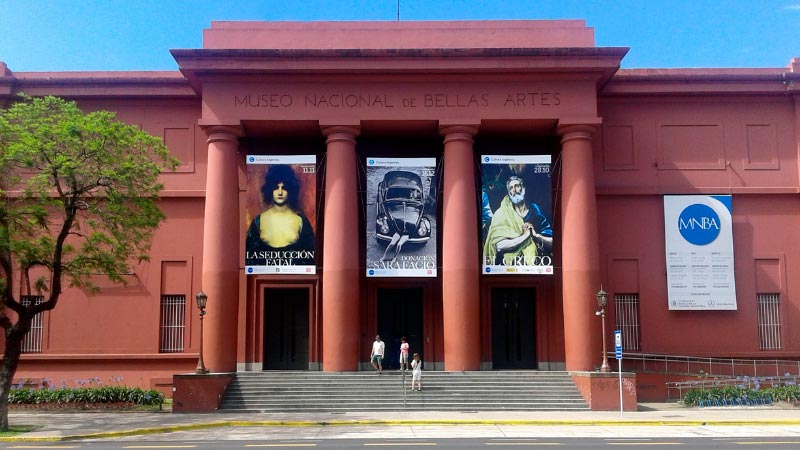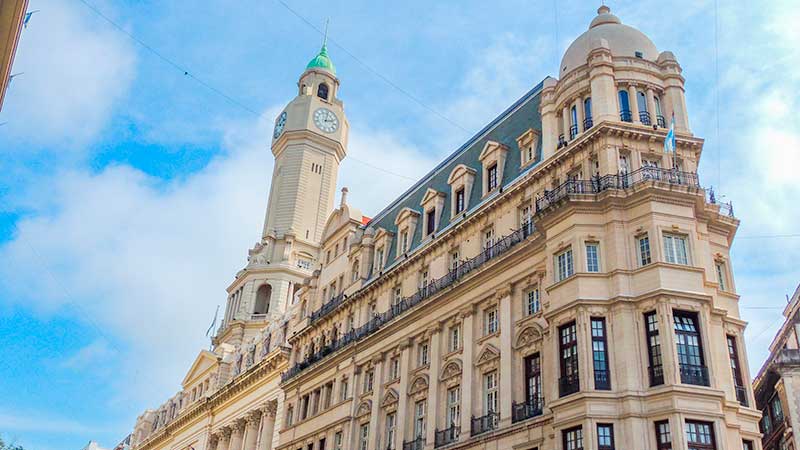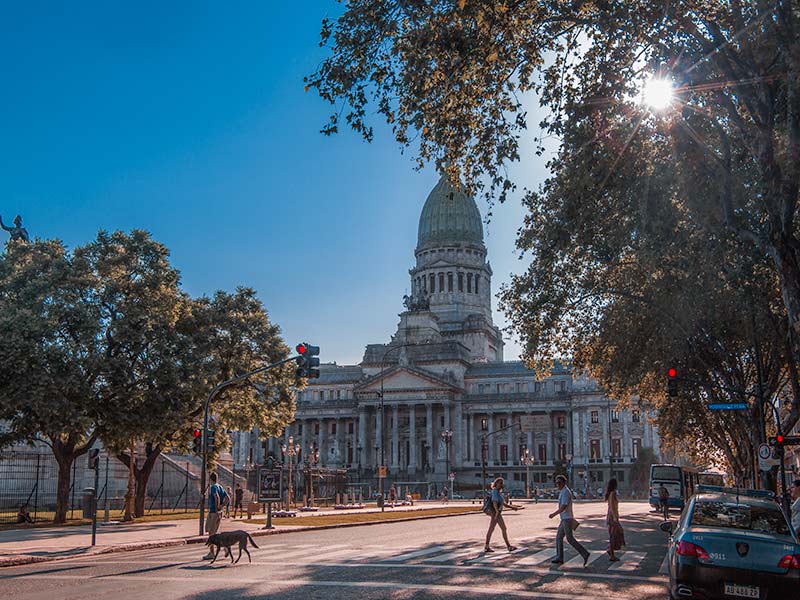The National Museum of Fine Arts is the largest and most important public art institution in Argentina: it houses an extremely diverse heritage, which includes 12,000 pieces, including paintings, sculptures, drawings, engravings, textiles and objects. Its collection is made up of Argentine and international art, from the 12th century to the present, and it has a section on pre-Columbian art.
The institution's objectives are to protect, increase and manage the artistic works that make up its heritage, as well as promote and disseminate the fine arts in general, in order to guarantee the collective right of access to cultural property.
It was created in 1895, and opened its doors at Christmas 1896, as a result of the impulse of the artist and cultural manager Eduardo Schiaffino. In 2016, the 120 years of its inauguration were celebrated.
Currently, the building has three floors, arranged chronologically: on the ground floor, art from the 12th to the 19th century is exhibited; On the first floor, pieces made during the 20th century can be seen, and on the second floor and the Pavilion, temporary exhibitions are organized. It was adapted for this purpose in 1932 and, over time, the headquarters underwent several renovations.
Today, the Bellas Artes programs traveling exhibitions as one of the fundamental actions to put into circulation part of its valuable heritage, giving it greater visibility, expanding audiences and decentralizing public policies in the field of visual arts.
The National Museum of Fine Arts is an emblem of the national culture, in dialogue between the past and the future.



